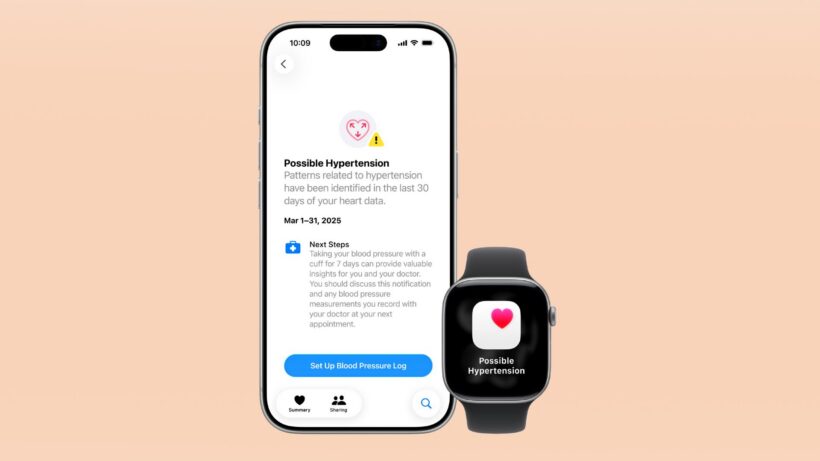
Apple revealed its latest Apple Watch Series 11 and Apple Watch Ultra 3 on Tuesday, highlighting its first attempt at blood pressure monitoring.
How the Feature Works
The new system uses an optical heart sensor combined with machine learning to track signs of hypertension over time. By analyzing how blood vessels respond to heartbeats across a 30-day period, the watch can flag potential chronic high blood pressure. If detected, users will be urged to confirm their readings with a third-party cuff and notify their physician, in line with American Heart Association guidelines.
Apple says the algorithm was trained with data from 100,000 participants and validated in a clinical study involving more than 2,000 people. While it may not detect every instance of hypertension, the company expects the tool to assist over a million users worldwide.
Why It Matters
“Hypertension is the leading modifiable risk factor for heart attack, stroke, and kidney disease, and impacts approximately 1.3 billion adults globally,” Apple wrote. The company emphasized that hypertension often goes undiagnosed since it rarely presents symptoms, and single clinical measurements can miss it.
The feature is currently awaiting FDA clearance. Apple has been working on blood pressure monitoring for several years, with early rumors dating back to 2021. It will be available on Apple Watch Series 9, Apple Watch Ultra 2, and later models, as well as watchOS 26.
What The Author Thinks
Apple’s move into blood pressure monitoring feels overdue, but it’s a meaningful step. While the feature isn’t perfect and still requires a cuff for confirmation, integrating early hypertension detection into a device people already wear daily could encourage millions to take their health more seriously. It’s a reminder that even small nudges from consumer tech can help bridge the gap between casual health tracking and medical care.
Featured image credit: Trusted Reviews
For more stories like it, click the +Follow button at the top of this page to follow us.
